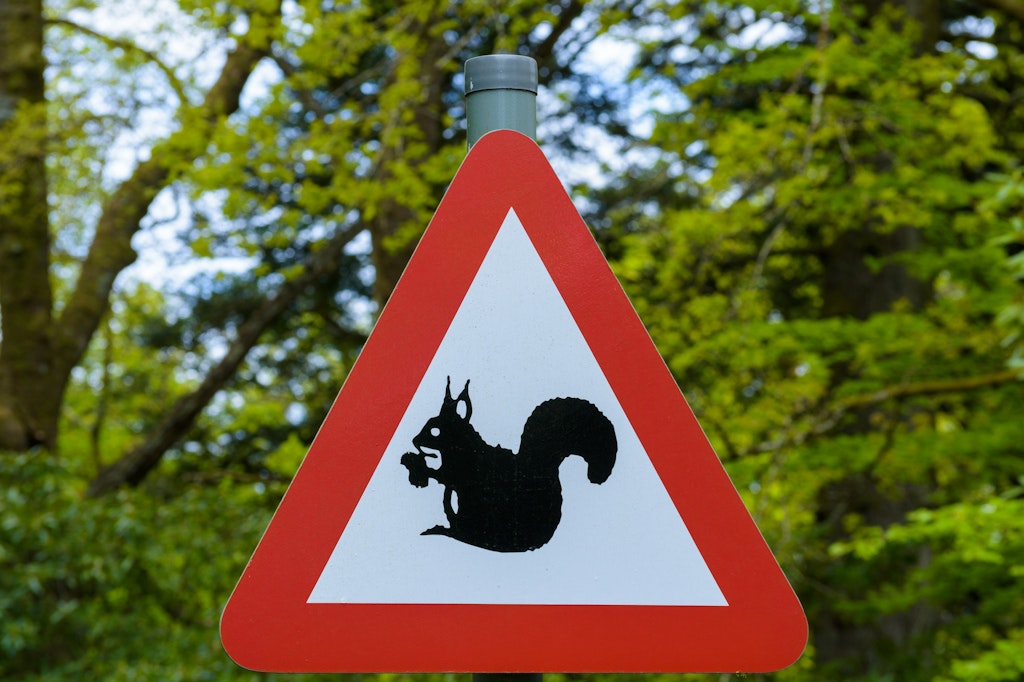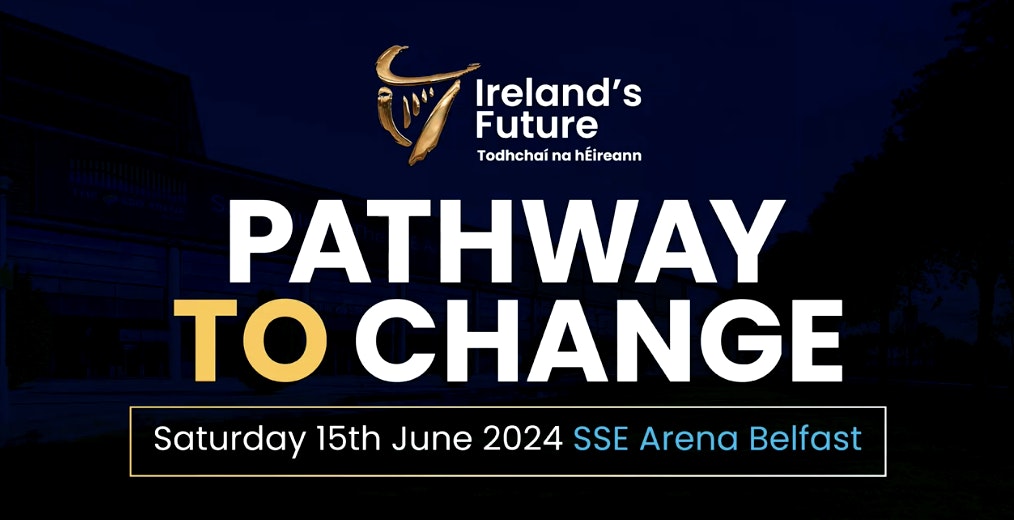#MeToo and the death of subversive art
We need culture that takes thematic risks
Recently on Twitter I came across a clip of Cate Blanchett in a new movie, titled Tár. Blanchett’s character, Lydia Tár — a talented but flawed composer-conductor — plays Bach on the piano to a young student and asks his opinion of the music. He replies that “white, male, cis composers” are “just not [his] thing”, which provokes Lydia into an epic tirade. She warns that “if Bach’s talent can be reduced to his gender, birth country, religion, sexuality, and so on then so can yours”.
Like many others watching this snippet, I was taken aback by the ferocity with which Blanchett’s character attacks identity politics. It is unusual to see a film, play or comedy that satirises this phenomenon. Afterwards, I started chewing over the state of art in the West, feeling like a prisoner who hasn’t eaten a steak in years (I’m actually vegetarian, but you get the gist). I had been starved of subversive content, and I didn’t realise how hungry I was for it.
Nowadays it feels like art rarely takes risks, including criticising or mocking things that people quietly dislike, such as the word “cis”. When art attacks “power”, it goes for obvious targets like the Tories and Trump. When it is “brave”, it goes for something long after the moment to be “brave” has passed. Case in point, there is a new film out about #MeToo, titled She Said, which stars Zoe Kaplan and Carey Mulligan. We are all presumably supposed to believe this is terribly courageous.
Cinema plays out like a series of biblical fables
To be fair to the film, Kaplan and Mulligan play two women who were actually brave — The New York Times journalists who exposed the horrendous crimes of Harvey Weinstein. The film also covers stories of his brave victims. Even so, it is not “brave art” because it merely reinforces a narrative that almost everyone agrees with: Harvey Weinstein is a bad man. This does not necessarily make good cinema. A truly subversive film might explore the decline of “due process” after the Me Too movement, spotlighting different victims who suffer when a society decides internet accusations are enough to prove guilt.
When I first heard of She Said, I thought of the film Spotlight, released in 2015, which follows a group of Boston journalists who exposed systemic child abuse by Roman Catholic priests. Although many people said this was a fantastic film, the main issue is that — as with She Said — the stories at hand are so depressing that they can only ever lead to a moralistic A-to-B plot. It doesn’t do what art is meant to do: test and shock, disrupt the status quo. Instead, cinema plays out like a series of biblical fables, contrasting good and evil.
Perhaps this helps to explain why She Said had “an extremely disappointing opening weekend in the US” and “ranks as one of the worst results for a major studio release in history”, according to the BBC. Hollywood producers genuinely need to be reminded that people don’t go to the cinema for sermons. Art now views its job as lecturing — that or endorsing ideas that need satirising.
Though packaged as socially responsible, it is an authoritarian and sinister idea
Last week I was walking with my family to see Life of Pi (an amazing play, incidentally) in the West End when I stumbled upon a sign outside a theatre for another play called The Doctor. It read, “This production features themes of abortion, racism, sexism, bullying in the workplace, bereavement, dementia, antisemitism and suicide”. It invited audience members to speak to staff for support if they were affected. The sign alarmed me because, though packaged as socially responsible, it is an authoritarian and sinister idea. If we start tagging warnings onto art, and treating it as something that can damage people engaging in it, we suddenly have the tools to censor art and artists we do not like.
Trigger warnings and the attitudes behind them need satirising, but how can anyone do this when the art industry backs them? There are many things that audiences would quietly like to be challenged — the idea of compelled pronouns, the conflation of gender and sex and clumsy diversity politics. Such critiques will never be commissioned, as long as these ideas are endorsed and enforced through the creative industries.
In general, everyone knows that the art world has become a place of ideological uniformity and zealotry, effectively replacing the church, and we are all paying for it with boring trips to the cinema.
Some of us no longer even bother going. Over the weekend my friend and I completely mirrored each other in a conversation. We both deemed ourselves film buffs, but admitted we hadn’t seen a film in ages, both for the same reason: we do not want to be subjected to the “progressive agenda” (or Marvel).
That’s why Blanchett’s new film seemed refreshing. It challenged oppressive norms that the art industry routinely advocates. Yet when I went on Wikipedia to find out what happens to Lydia, it seemed as if the character was more “problematic” than first met the eye. And so it is not obvious whether the film is really criticising identity politics or if Blanchett’s speech was a criticism of people who criticise identity politics. Based on current trends, which one do you think?
Enjoying The Critic online? It's even better in print
Try five issues of Britain’s newest magazine for £10
Subscribe














